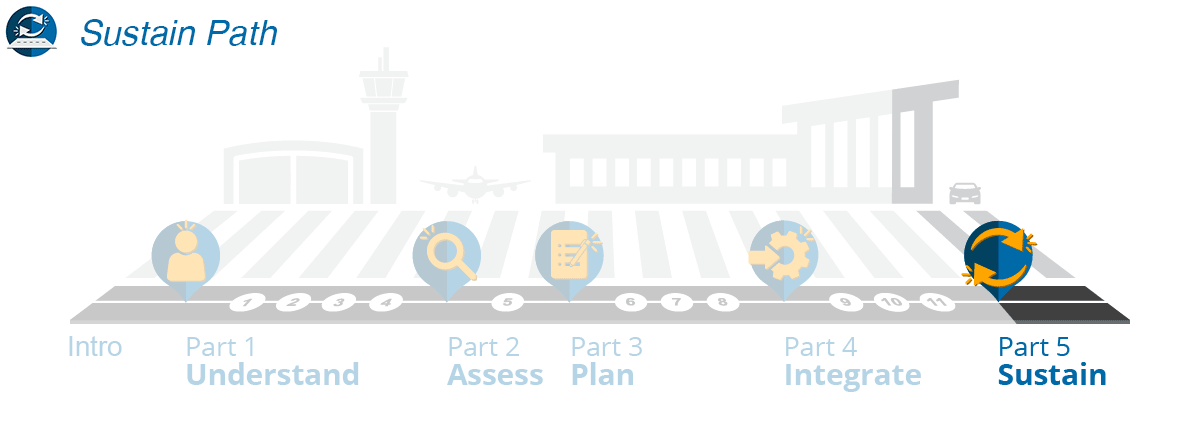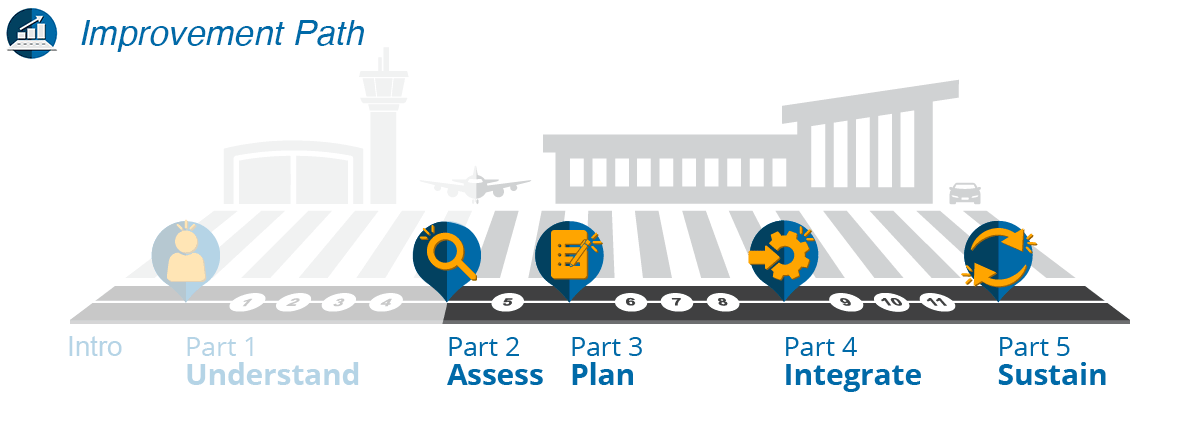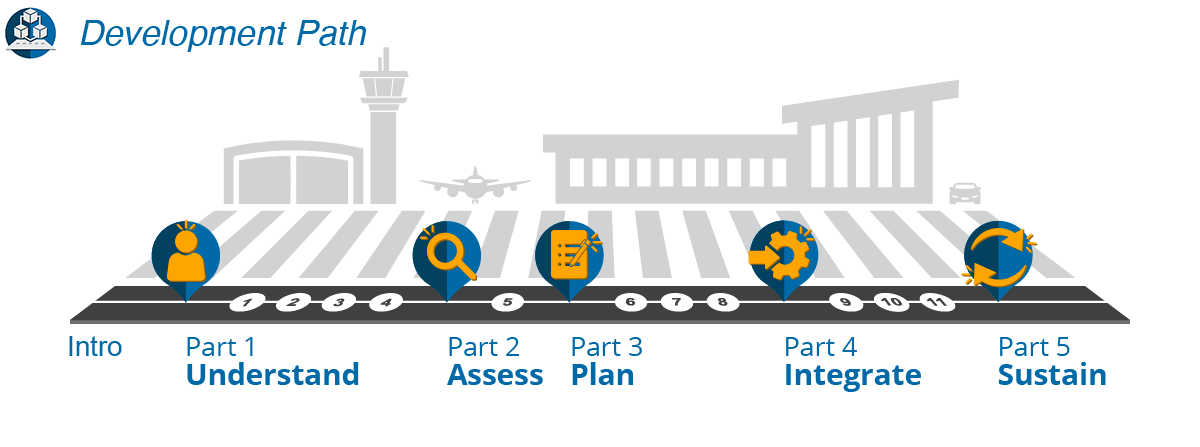
Step 10: Establish the Social Media Operating Framework
Messaging Standards and Procedures
As with any other communication medium, SM channels convey not only information, but also an experience based on choice of language, tone, and similar attributes. This matters because your airport has a brand. It may be more business formal, such as that of Newark Liberty International Airport; it may be more business casual, like that of Denver International Airport. Perhaps your airport brand is associated with a destination, like Las Vegas McCarran International Airport. Your SM team is likely to have a say in how you communicate day-to-day.
Of course, emergency response is different. Your team may choose to retain some brand elements during some types of events—to remain relaxed and casual during a routine weather event—but to adopt a much more serious and direct tone in the event of an unexpected adverse event. Regardless, in any communication, adherence to facts, delivery of timely and accurate information, and an overall coordinated response are always required.
For these reasons, you will want to establish message standards ahead of time and incorporate them into your brand style guide (for future reference) and EM training program. At a minimum, your message standards should include the following:
- A brief statement of your brand standards. If you are adding messaging standards into an existing facility brand guide, this likely already exists; if not, create it along with your public relations, marketing, and communications teams.
- Criteria for adoption of emergency response standards. Outline when they should kick in, how notification occurs, and when they revert to normal message standards.
- Details for your emergency communication standards. These may include the following:
- Specific roles or decision points that trigger EM messaging standards
- A provision for an “all clear” and return to normal
- A list of specific terms to use—or not use—during an emergency
- A listing of who may communicate on behalf of the airport during a declared emergency. In this listing, include how they are to communicate.
- The type of information you should publish during an emergency. For example, as mentioned in Step 2, when you publish actionable information for airport users during an emergency, it is imperative that you keep the information usable. If you only state that there is an emergency event taking place and that the airport is responding to it, and you provide no real direction to airport users, both you and your message lose credibility. Airport users and the media will look elsewhere for any further information; and with the amplification power of SM, they may stumble on much less trustworthy information than what you can provide. This can present difficulties for all stakeholders, ranging from the passengers who are focused on avoiding the event and continuing their travel, to the EM staff who are responding to and mitigating the situation.
Take the time during planning and rehearsal to define and gain competency with your emergency response communication standards. This will ensure that your team will understand and follow the standards when an emergency occurs.




